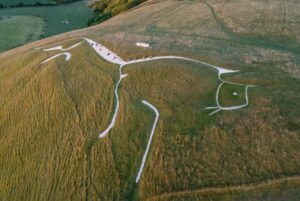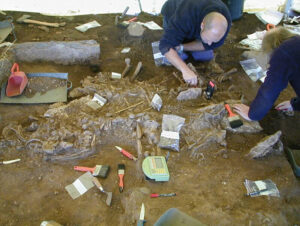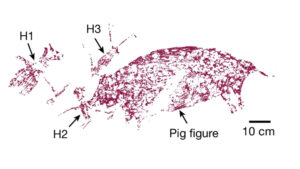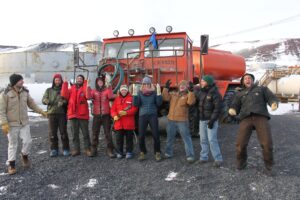A passion for the natural world drives many of our adventures. And when we’re not outside, we love delving into discoveries about the places we live and travel. Here are some of the best natural history links we’ve found this week
Cougars are heading east: Cougar sightings are increasing east of the Mississippi River. The big cats used to occur across the country but in the early 1900s they all but disappeared from the eastern states because of habitat loss and, especially, the near-disappearance of white-tailed deer for several decades. Recently, the cougar population in the west has started to increase, and now they are on the move.
New studies suggest there are more than 12 areas east of the Mississippi River where the cougars could roam indefinitely. The biggest challenge will be coexistence with human populations. Researcher Mark Elbroch says this could be a success but that planning must begin now.
“Coexisting with cougars will require education around perceived versus actual threats, what benefits the cats bring, and how to be around them safely,” Elbroch explained.
People are naturally very cautious, but over the last 100 years, cougars have killed fewer than two dozen people in the U.S.
Could there be life on Jupiter’s moons?
Mission to Jupiter’s moons ready for launch: Europe is about to launch a satellite that will explore Jupiter’s icy moons.
The satellite, named Juice, is currently undergoing its final testing in Toulouse, France. Eengineers will then ship it to the launch site in South America. Once in space, it will visit Callisto, Ganymede, and Europa to investigate if any of them are habitable.
Though that seems far-fetched because of their distance from the sun, the gravitational force from Jupiter means that the moons have both the energy and warmth to retain huge amounts of liquid water. Wherever there is water, there is the possibility of life.
The satellite will launch in April and should arrive at Jupiter in July 2031. After this, it will carry out 35 flybys of the three moons. In 2034, it will land on Ganymede, where it will remain.

Photo: Tom Felton
New film unearths epic story of female archaeologist: Tom Felton, of Harry Potter fame, has produced his first feature film. It tells the story of Ann Axtell Morris, one of America’s first female archaeologists.
Married to Earl Halsted Morris, she was often noted only as the “archaeologist’s wife” rather than recognized for her groundbreaking work. In the 1920s she worked with the Navajo to uncover the Anasazi, North America’s earliest civilization. She later carried out digs at Chichén Itzà in Mexico and wrote many books.
“It’s an epic story that hasn’t been told before. Ann Morris was only recently acknowledged as a credible archaeologist, even though she set the tone for the next 100 years of young women having the opportunity to enter the field,” says Felton.
The film hits theaters this spring.
Iron Age underground passages
Lasers are mapping Scotland’s Iron Age passages: In 2022, Graeme Cavers and a team of archaeologists began looking for souterrains. Humans built these underground passages in the Iron Age. There are over 500 of them in the Scottish Highlands.
The big mystery is that no one knows what people used them for. To try and find out, the team is conducting site surveys so they better understand the conditions and structure of the souterrains.
It takes at least a week to scope out each site using traditional methods, so they’ve turned to laser technology for help. After crawling into the passages through small openings, the archaeologists set up a laser scanner on a tripod. It fires lasers against the walls at a rate of 10,000 times per second. The data creates multicolored 3D models of the passages.
Penguins spotted from space
Never before seen penguin colony spotted from space: Researchers accidentally found a colony of emperor penguins in West Antarctica. There are only 66 known emperor penguin colonies, so finding a new one is very exciting.
This one was spotted, accidentally, from space. Researchers from the British Antarctic Survey were looking at the satellite images to examine sea ice loss in West Antarctica. But an area of the ice showed peculiar stains. “I could see what looked like a very small brown stain on the ice,” Peter Fretwell explained.
Images from a higher-resolution satellite confirmed the location of a breeding colony. The penguins look like tiny dots in the aerial image. Researchers estimate that the population is roughly 1,000 adult birds and their young.






